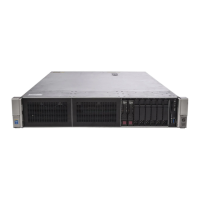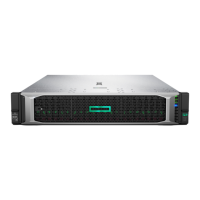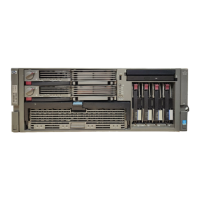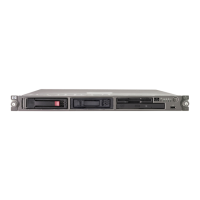Troubleshooting 3-39
Avoiding Problems with Automatic Memory Dump
The best way to avoid memory dump problems is to make sure your system is properly set up. For example,
make sure that the target directory for savecore has already been created on your computer.
There are several ways to deal with the problem of the dump device or partition being too small to contain
the core files:
• You can modify
/etc/rc.log to specify an appropriately sized target directory for savecore. The next
time a core dump occurs, it will be saved to the new directory.
• Once a computer is down, you can specify a different target file system by booting the system in single
user mode and running the savecore manually.
• If your system has a large physical memory, you might want to use the -i option to savecore. This
option causes savecore to save as much important information as possible after a system panic.
With the -i option, savecore saves the complete core file if there is enough space in the target directory. If
there is insufficient space in the target directory, savecore -i saves the kernel pages and (if possible) user
pages into a compressed core file. These compressed core files are easier to transport. However, the analysis
tools cannot be used directly on compressed core files.
For more information on savecore and its options, see the entry for savecore (1M) in the HP-UX Reference
or the HP-UX man page. Also, see HP-UX System Tasks.
Running savecore Manually
The savecore command can be run manually. Typically, you enter a series of commands like the following:
If the system is configured with the primary swap device as the dump device (default configuration),
a problem can occur if savecore is run after the system has been brought up multi-user. Once the system
starts back up, it is free to start swapping over the swap device. This could corrupt a crash image written out
to the swap device.
If the dump device is configured to use another logical volume or file system rather than the primary swap
device, the system's physical memory image remains intact; you can savecore after the system has been
brought up to multi-user mode.
ISL> hpux -is /* to boot single user after a crash */
/* (specify driver name and hardware address */
/* for the device you want to boot from) */
# /etc/fsck -p /* to fix the file system */
# /etc/mount -a /* to mount all disks (maybe "-a -t hfs") */
# /bin/df /* to find where there is enough space */
# mkdir /var/adm/crash /* assuming /tmp has enough space */
# cd /var/adm/crash
# /sbin/savecore. /* to save the core file to the current directory */
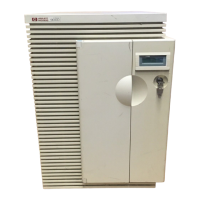
